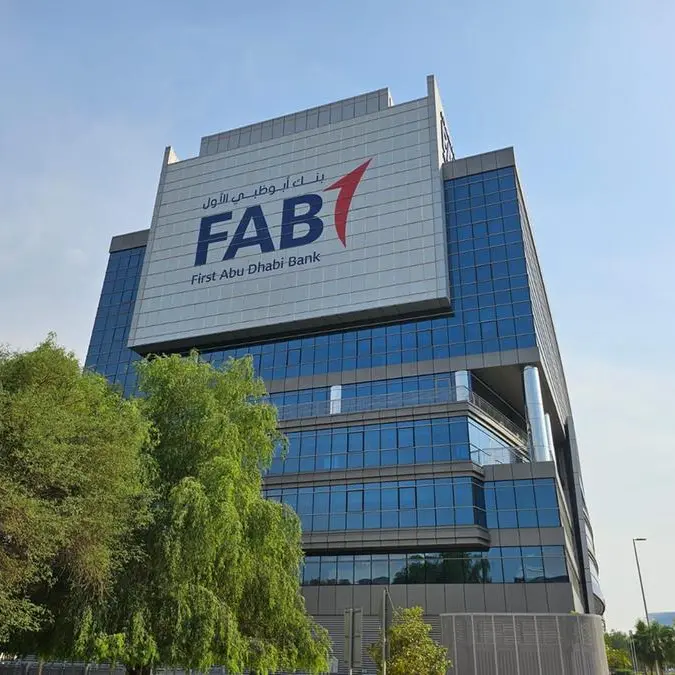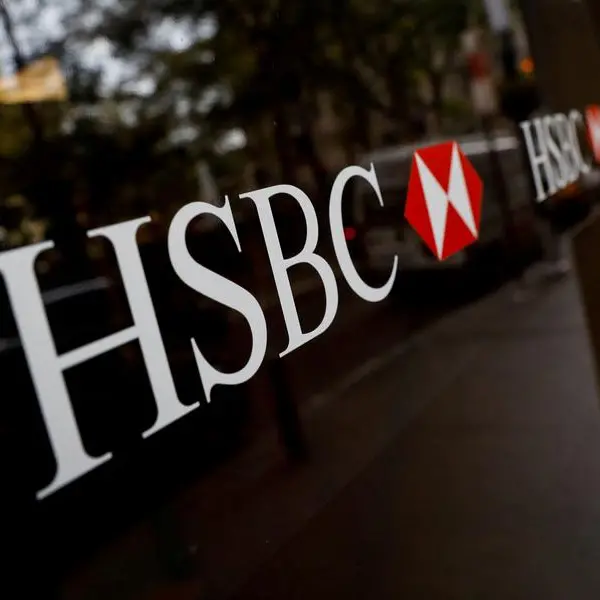PHOTO
Rampant piracy, plunging advertising revenues and the rise of low-cost online rivals have plunged Middle East pay-TV operator OSN into the red, prompting its parent firm to put the broadcaster up for sale.
The outlook for OSN, which was formed through the merger of rival networks Orbit and Showtime in 2009, appears grim, with insiders complaining of a confused strategy as job and spending cuts demoralise staff.
“The MENA pay-tv sector is in a perfect storm. Piracy is arguably the worst that it has ever been,” said Christophe Firth, a principal at A.T. Kearney.
“The TV advertising revenue pool has fallen 30-50 percent over the past five years. And there’s now huge competition from global and local online video services in a region with some of the youngest populations and highest smartphone penetrations rates globally.
“Everyone’s equipped, and on the supply side there are more and more quality services available,” Firth said.
Kuwait Projects Co (KIPCO), which owns 60.5 percent of OSN, injected around $60 million into the struggling broadcaster in 2018. Last August, the Kuwaiti conglomerate put its entire stake in OSN up for sale, hiring an unidentified investment banker – reported by Reuters to be Goldman Sachs – to source potential buyers.
That decision comes as OSN’s financial performance deteriorates – the company experienced a total comprehensive loss of 38.1 million dinars ($125.5 million) from Jan. 1 to August 8, 2018 – after which, OSN’s parent firm Panther Media Group was reclassified by KIPCO as an “asset held for sale” so its figures are no longer reported on a standalone basis, the group’s latest accounts show.
KIPCO and OSN declined to comment, but Anuj Rohtagi, KIPCO’s director of Group Financial Control, told a March 25 analysts’ call that the parent firm had yet to contact any potential buyers or partners and that it would complete a valuation of OSN within the next 2-3 months. Final-year accounts show that as of August 8, the unit had a carrying value of 187.3 million dinars on Kipco’s books.
“I suspect it will take a while for Kipco to find a suitable buyer,” said Ismail Patel, a senior analyst at Ovum. “Potential investors still look at OSN as a company whose stock has further to fall before it reaches the bottom, so why invest now when you could buy the company for cheaper later?”
‘Temporary headwinds’
Rohtagi also told a November 15 analysts’ call that the MENA region’s pay-TV sector was undergoing structural changes and that OSN continues to face “temporary headwinds”.
He warned demand was subdued due to piracy, geopolitical worries and government reforms that resulted in a “sizeable expat population exiting from some of our core markets”.
Rohtagi said OSN could still grow, but acknowledged the broadcaster was trying to cut costs further. The company has conducted in-depth research into viewers’ preferences. Following this review, OSN is expected to achieve a “high double-digit or low triple digit range of savings in content cost” in 2019, he predicted.
Yet these moves to better understand the regional television audience come 4-5 years after viewers began to switch to online viewing, sapping demand for OSN’s direct-to-home (DTH) set-top boxes.
“There was still a lot of organic growth that conventional pay-TV broadcasters had yet to capture and the rise of online took them by surprise,” said Ovum’s Patel.
“That organic growth is now almost entirely going to online TV operators. Traditional pay-TV broadcasters – particularly in the entertainment and movies space, which OSN is primarily invested in – are unsure what to do next.”
Battling the pirates
Perhaps the biggest problem facing broadcasters is piracy. Saudi Arabia-based illegal broadcaster BEoutQ was created to erode Qatari network BeIN’s sports rights quasi-monopoly but has also hurt OSN.
“Consumers are aware that they can not only access similar content to OSN far cheaper, they can also see it for free via piracy. The culture of understanding the dangers of piracy isn’t as strong in the Arab world as it is in other regions, as evidenced by the take up of BEoutQ,” said Patel.
OSN launched WAVO, its rebranded online TV service in August 2017 to replace Go by OSN. Subscribers could choose from three packages dedicated to film, entertainment and sports that were priced from $6.99-13.99 per month and did not require commitment to a long-term contract.
“For the basic package, it was a low price point to build up volume, but what was quickly apparent was that while we got more subscribers, we lowered our ARPU (average revenue per user) - I don't think they’d gambled on ARPU going down so drastically,” said a former OSN employee, who declined to be identified.
“We didn’t understand the direction we were going – were we going to be an OTT (over-the-top) player?”
In June 2018 - less than a year after WAVO’s launch - OSN changed WAVO’s pricing structure to a single, all-in-one $9.99-a-month tariff.
“The company was hiring a lot of consultants, so you had ill-feeling between people who had been there a long time and these consultants who’d come in on big salaries,” said the ex-employee. “We began hearing that things were going wrong – management had brought these guys in and yet us staff were taking the can for it.”
The first major job cuts were around September-October 2017, but these have continued since. Among those to leave was chief executive Martin Stewart, with Patrick Tillieux, who was an OSN board member, becoming CEO in November 2018.
As per KIPCO’s financial presentations, OSN’s workforce has shrunk from around 2,000 at 2016-end to around 1,700 at the end of last year, although it is understood that more layoffs have occurred since year-end.
Existential angst
“OSN needs to work out what it wants to be and how it is going to provide content without having to pay the exorbitant fees it gets charged by the studios. It doesn’t create its own content, so is at the mercy of others,” the ex-employee added.
KIPCO’s annual results presentation states OSN had 1.1 million subscribers at 2018-end, plus 22,000 subscribers to WAVO. At the end of 2016, by contrast, KIPCO said OSN had 1 million subscribers, plus around 310,000 “digital platform users”.
In February, OSN also announced it would officially launch its low-cost El Farq package in Saudi Arabia following a successful three-month trial. The package, which includes regionally-exclusive content from the likes of HBO and Disney and has around 50 channels, costs 159 riyals ($42.40) per month.
The pilot increased OSN’s Saudi subscriber base, particularly in the 25 to 44 age-group.
OSN’s platinum package, which includes nearly 90 channels, costs 538 riyals per month. El Farq and a premium package are also available in the UAE for similar prices.
“WAVO and El Farq are the right moves, it’s just a very tough environment,” said A.T. Kearney’s Firth. “Launching WAVO-like stand-alone SVOD (subscription video on demand) is a move that other pay-TV operators worldwide are making. Some might see this as a cannibalisation risk, but you have to cannibalise yourself before someone cannibalises you.”
For Ovum’s Patel, WAVO is “too little, too late”, with the service having launched after the likes of rival streaming services Starz, Netflix and icflix, plus free-to-air broadcaster MBC’s Shahid Plus.
KIPCO’s Rohtagi said OSN would use partnerships with telecom operators to expand into new markets, claiming changes to its digital business will “validate its technological superiority in the MENA region”. Yet such a strategy is fraught with danger.
“If you’re stuck in the middle of the value chain, with neither your own content library nor control over distribution, then you become very exposed,” said Firth. “You’re relying on third parties on the delivery side and on third parties to provide the programming.”
Goals realigned
In February, OSN announced it would close its branded sports channels, aside from those covering cricket, by March 31, and would instead focus on premium films and women-centric programming instead, the company’s chief executive Patrick Tillieux told BroadcastPro ME.
That follows the March 2018 launch of OSN’s co-branded Disney channel that broadcasts in Arabic and English. A month earlier, OSN signed a partnership deal – MENA’s first – with Netflix, while it has similar tie-up with Lamsa, a regional Arabic children’s edutainment platform, and has renewed its partnership with South Asia’s STAR network.
Yet these deals fail to fill a glaring void in OSN’s schedules: original Arabic content.
“The likes of Shahid Plus has taken over this niche, while free-to-air broadcasters, particularly during Ramadan, really push their premium, ad-funded original Arabic content,” said Patel. “OSN has been squeezed out of the mix.”
OSN and U.S. streaming services Netflix and Starz are perceived as foreign operators that have been parachuted into the Middle East, and while the American duo have stepped up their localisation efforts, OSN has lagged behind.
“Worldwide, there has been a resurgence in local content demand and production, despite – or because of – the ubiquity of international programmes available online,” added Firth.
“In pretty much every market we cover, this trend is observable, so it should be a key element for MENA broadcasters to focus on, especially because the other genre that attracts subscribers is sport, which is both scarce and expensive.”
He urges regional pay-TV operators to take a “ground zero approach” to decide their pricing.
“Many remain tied to the legacy model of bundling channels and trying to tie subscribers to long-term contracts,” said Firth. “Consumers are moving towards streaming apps, so while the fundamental economics of bundling absolutely remain relevant it’s no longer enough to just bundle linear channels.”
(Reporting by Matt Smith; Editing by Michael Fahy)
(michael.fahy@refinitiv.com)
Our Standards: The Thomson Reuters Trust Principles
Disclaimer: This article is provided for informational purposes only. The content does not provide tax, legal or investment advice or opinion regarding the suitability, value or profitability of any particular security, portfolio or investment strategy. Read our full disclaimer policy here.
© ZAWYA 2019




















